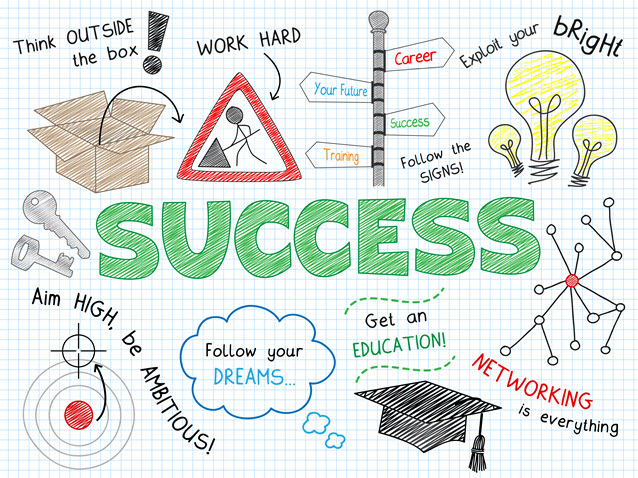
This calculator will compute how much you will need to pay each month in order to pay off a given debt by a selected payoff-goal date.
For your convenience we publish current personal loan rates, HELOC rates & El Monte mortgage refinance rates which you can use to estimate your payments and find a local lender.
Our rate table lists current home equity offers in your area, which you can use to find a local lender or compare against other loan options. From the [loan type] select box you can choose between HELOCs and home equity loans of a 5, 10, 15, 20 or 30 year duration.
The following table shows current El Monte 30-year mortgage rates. You can use the menus to select other loan durations, alter the loan amount, change your down payment, or change your location. More features are available in the advanced drop down.
To see how much interest you are wasting on loans and credit cards use the calculator above. Simply enter your loan amount and interest rate and choose the date you would like to see the debt eliminated. Then click the “compute” button. The calculator will populate the three lower spaces to show your monthly payment, number of months needed to pay off the debt, and the interest you are spending to have this debt. No need to enter dollar signs, commas or percent symbols. It's a smart calculator.
After you decide on your debt payment plan, remember to reward yourself a little with each credit card or loan you eliminate. Dinner at a restaurant will taste so much better knowing you are well on your way to being debt free.
It's what makes the financial world turn. Everyone has debt, right? Over the last several decades we have been lulled into believing that debt is a necessary part of life. We have been encouraged to buy now and pay later.
This is not the same world of your grandparents where credit was difficult to obtain and the equity line of credit unknown. They were not subjected, as you are, to the constant barrage of advertisement at every turn of this modern technological world. They were disciplined and knew the difference between their wants and needs. They saved and bought after they had money.
Many today have confused their wants and needs which has driven them to buy unnecessarily which in turn slid them deeper into debt. So learn a lesson from your grandparents – be disciplined to reach your debt freedom goal. Put on your blinders, satisfy our needs but ignore your wants. Is it easy? NO. Is it possible? Absolutely YES. Millions are jumping on the debt freedom bandwagon and here are a few steps to guide your way.
Debt is a symptom of the pain/pleasure dichotomy. We move towards pleasure and away from pain. Buying things is pleasurable while denying ourselves is painful. Credit falsely balances the pain/pleasure dichotomy. It provides a momentary pleasure while delaying the ultimate pain of payment. Why do you think every department store offers their own credit card? They know it's less painful to use a credit card for purchases and that consumers tend to purchase more when spending with a credit card vs. cash.

See buying as pain and denying oneself as pleasure because it will ultimately lead to the pleasure of debt freedom. If you are single you only need to convince yourself of your new plan. If you have a spouse or significant other they will need to join you on this journey or they will sabotage your efforts. Have a heart to heart talk about your debt. Explain how it makes you feel and how you envision your lives without this weight on your shoulders. Debt is an emotional thing so use that emotion to help drive you to your goal.
Personal financial gurus can help provide inspiration and boost willpower. In addition to popular mainstream commentators like Suze Orman & Dave Ramsey, there are a number of influential alternative voices online like Mr Money Mustache, Ramit Sethi & hundreds of others.
This can be as much as you like but no less than $1,000. Without an emergency fund you will end up using a credit card for those unforeseen issues like car repair, doctor visits, broken plumbing, etc. Keep your emergency fund accessible either as cash or in a simple savings account at your favorite bank.
Track your spending for a month to see where every penny goes. Set up a spreadsheet on paper or electronically and enter expense categories such as mortgage, utilities, food, gas, car, medical, debt, entertainment, childcare, misc. etc. —everywhere you spend money. Once you have an idea how much you spend, decide where you can cut back. This step is the hardest because you need to cut your lifestyle in every category if you are really serious about getting out of debt. This is the “Live on Less Than You Make” scenario. Any extra you squeeze out of the budget should go to debt.
Then you have to make a plan for how you will pay your debts off.
So, do you work first on a $5,000 debt at 10% interest or the $800 debt at 6% interest? The first option makes better financial sense because you will save more in interest. But the second option makes emotional sense if you want to gain momentum and need to feel like you are getting somewhere and achieving. Either way, you are moving forward and getting closer to you goal.
Explore conventional mortgages, FHA loans, USDA loans, and VA loans to find out which option is right for you.
Check your options with a trusted El Monte lender.
Answer a few questions below and connect with a lender who can help you save today!